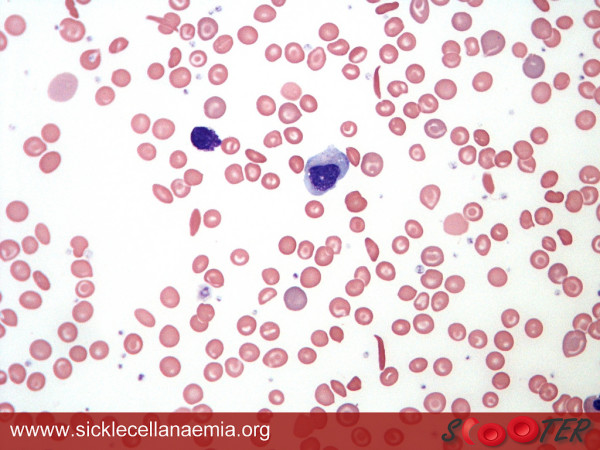Sickle cell disease refers to an inherited disorder that lead to the formation of abnormal red blood cells. The term “sickle” is used to describe the semicircular shape of these irregular red blood cells. The disease results from a point mutation, a single nucleotide substitution in our DNA, leading to changes in hemoglobin, the oxygen-carrying protein in red blood cells, that ultimately contribute to the sickle shape. Currently, there is no effective cure for the disease. A common treatment uses blood transfusions in order to provide normal red blood cells to the affected individual. However, since the patient would never be able to produce his or her own healthy red blood cells, the idea of relying on blood transfusions for the rest of one’s life can be unattractive. The only potential cure that has been available is bone marrow transplants, which provide patients with a supply of hematopoietic stem cells that lack the mutation in their DNA. However, the issue of finding a suitable donor and the risk of the transplantation procedure itself have proven difficult to overcome for the time being. Fortunately, a recent discovery may hint at a new possible cure for sickle cell disease.
Image Source: Hao Jiang
Researchers have used genetic engineering to correct the mutation that leads to sickle cell disease in human adult hematopoietic stem cells. They used the recently developed gene editing technique known as CRISPR-Cas9. The researchers took these stem cells from patients with sickle cell disease, corrected the mutation using CRISPR-Cas9, and found that the corrected stem cells were capable of differentiating into healthy red blood cells with normal hemoglobin. Although their experiments worked successfully in mice, the researchers acknowledge that a lot more needs to be done before their results could be applied in a clinical setting. Nevertheless, the successful correction of the mutation itself is a novel step towards finding a cure for sickle cell disease.
Feature Image Source: Sickle cell blood smear by Viv Caruna










